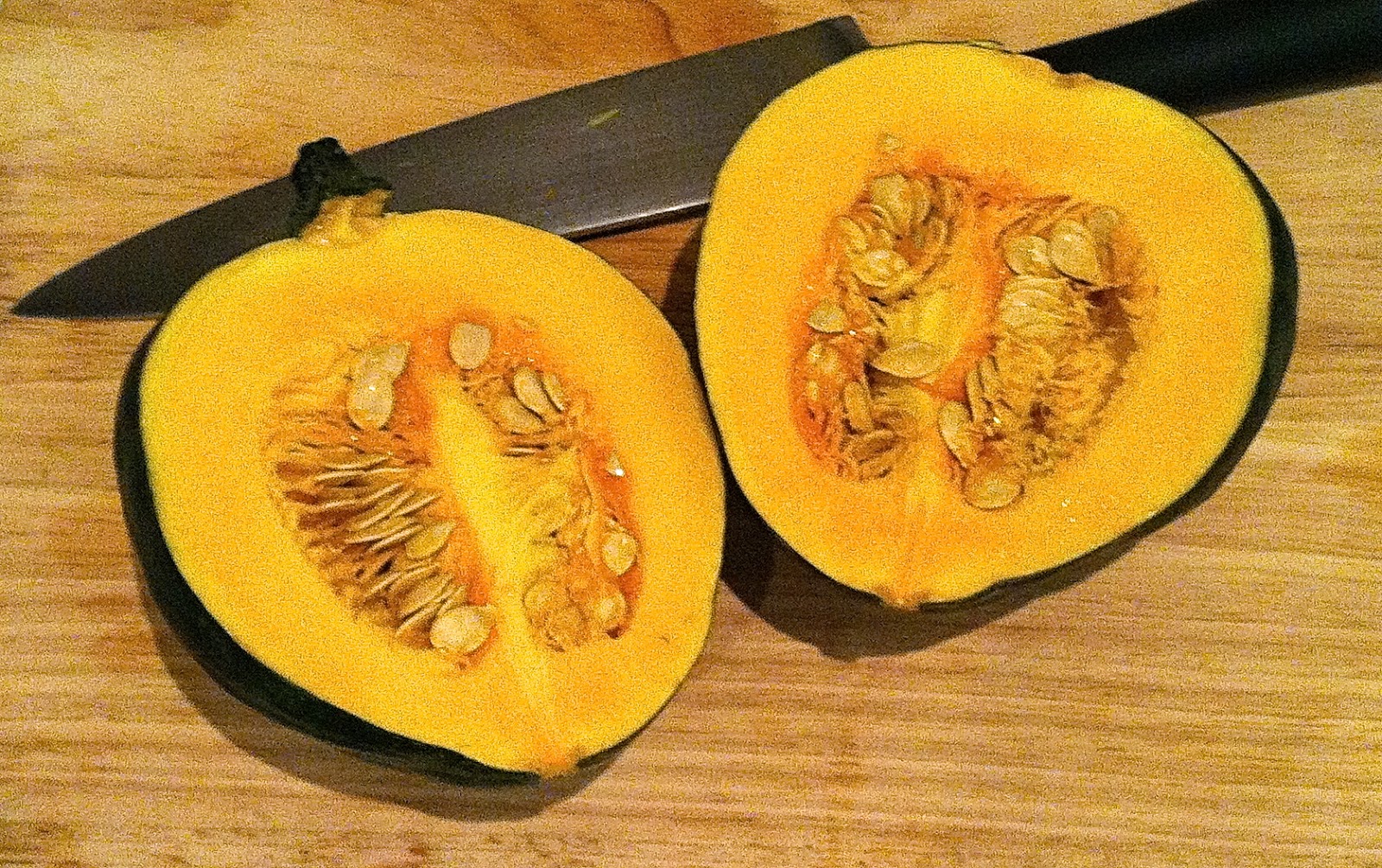Don't know what to do with that left over almond pulp from making almond milk? Here are some ideas. There are lots of ways you can use the remaining pulp without sending it to waste. You can use a dehydrator to make almond flour and use it in baking, make dips with it, make crackers, or simply sprinkle it on your salad or throw it in your smoothie. If you're not planning on using the pulp right away, you can freeze it and use it at a later time.
My favorite way to use the left over pulp is to make crackers with it. These crackers are a great high-fiber snack and are vegan, gluten-free, and dairy-free. Enjoy them with some cheese, hummus, or your choice of spread.
Ingredients
1 cup firmly packed almond pulp (or however much you have leftover from Almond Milk Recipe)
2 Tablespoons ground flax seeds
1 Tablespoon extra virgin coconut oil (melted)
1 Tablespoon cilantro, finely chopped
1/2 teaspoon curry powder
1/2 teaspoon sea salt
1/4 teaspoon ground black pepper
Procedure
- Preheat oven to lowest temperature possible (mine only goes as low as 170 F)
- Combine all ingredients in a large bowl and press into a ball
- Transfer "dough" to a baking sheet lined with parchment paper and roll out to 1/4 inch thickness
- Cut dough into squares with a knife or pizza cutter
- Bake for about 17 hours, or until crunchy (I leave them in the oven overnight)
- Let crackers cool completely on baking sheet before serving
Notes
Get creative and use your favorite herbs and spices to create different flavors.
Store crackers in a cool, dry place. They will only keep for about 4 days (Trust me, they'll be gone sooner than that)
Sources
Adapted from Elana's Pantry www.elanaspantry.com





